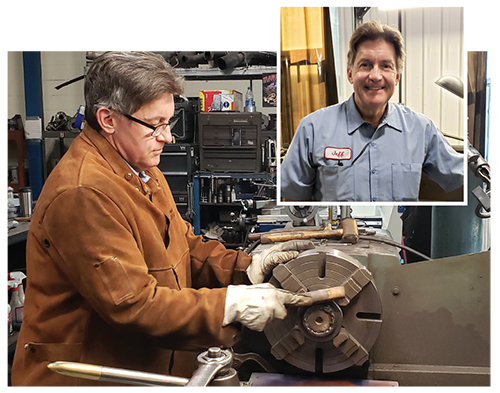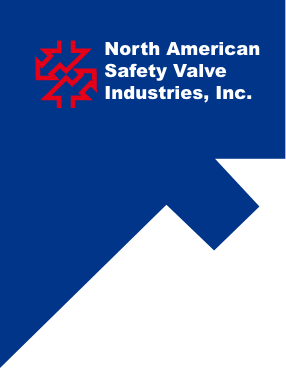
Back in the 1900s (as the younger ones like to call it), Jeff Risner was one of 700 who arrived at Maple Woods Community College to take a test required for acceptance to a National Tooling and Machining Association training program. Jeff was one of 24 chosen, and he went on to earn his associate degree.
By the time Jeff joined NASVI in 1992, he had already finished a journeyman apprenticeship at a tool and die company and worked for a quarry doing maintenance and machine work. Although NASVI doesn’t technically make valves, re-machining the internal parts and making iron, stainless steel and brass castings intrigued Jeff.
“I knew how to machine, and I enjoyed it. When I came to NASVI, I had to learn a lot about valves. There are so many different types. I like the challenge of finding out what is causing them to leak or not pop. Is it the alignment a fraction of a degree off? Even three degrees is a lot, depending on the valve,” Jeff says. “I didn’t know this would be my last job when I started, but I like adapting and overcoming challenges to get customers their valves.”
When NASVI invested in assisted lift equipment, it gave Jeff the chance to learn in the field. “Getting out there and seeing valves in their natural environment only gave me a better understanding of their importance. Air, gas, oil, oxygen… it’s a flowing service. There is always going to be something flowing through a pipe, so once you start in this career, you can be here for your entire career,” explains Jeff.
New technology has changed the way Jeff works. Much is computer-aided today, like the lathe machine he uses now has XYZ digital readout, making machining better and more accurate. “A lot of machinery work is done on CNC machines run by a program. Being a manual machinist is an oddity today, like seeing a blacksmith shoe a horse,” Jeff says. “But nothing can replace real-world knowledge of a valve’s inner workings. Even our assembly guys ask our machinists questions. We know the answers because we have to disassemble and assemble valves, too.”
Jeff’s not leaving NASVI any time soon. In fact, he says he’ll never quit working. However, he does relish passing down all he’s learned to the next generation of machinists who are mechanically inclined, willing to learn, soak up information like an absorbent sponge and don’t overload easily. He knows what makes a good apprentice because he once was one.
